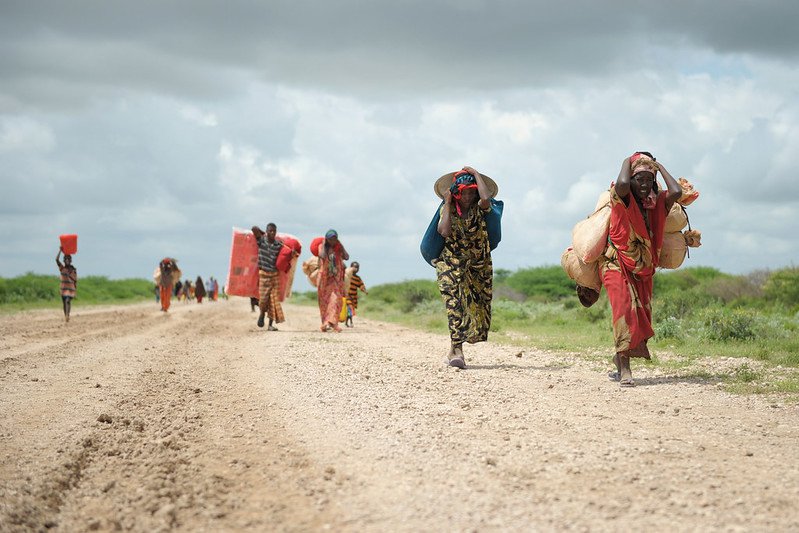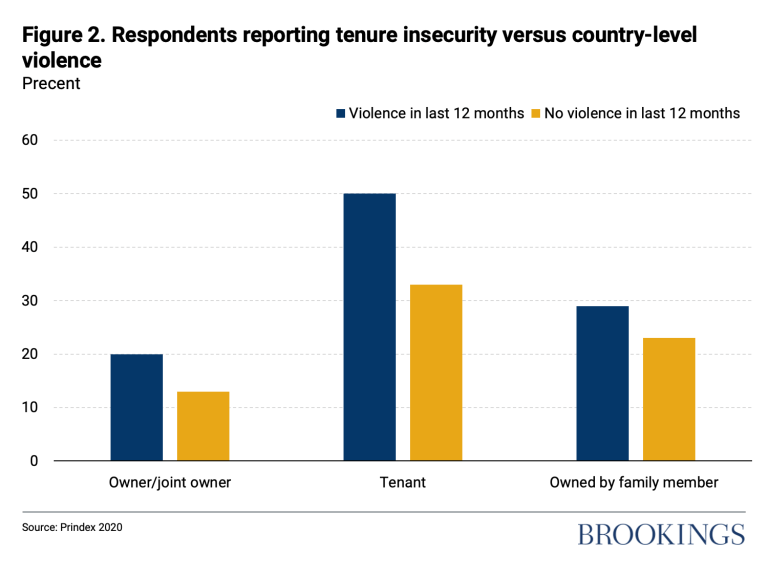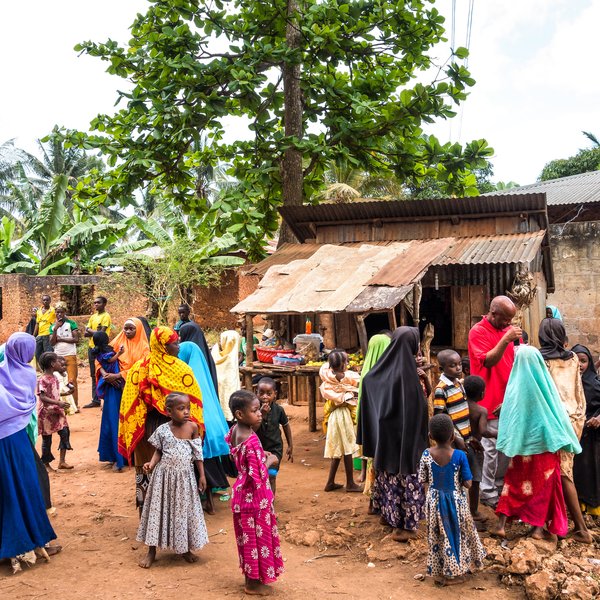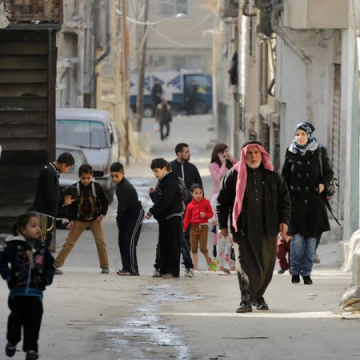
Senior Public Sector Specialist at the World Bank Paul Prettitore analysed the Prindex global dataset to understand the links between conflict and tenure insecurity. This blog was first published on Brookings.
Land tenure—the formal and informal relationship individuals and groups form with land—effectively determines who uses what land under which conditions. Tenure security is important to promote rural resilience and climate change adaptation, build endowments of assets, and provide adequate housing. But land tenure security is not static. It exists along a spectrum from strong to weak with numerous factors moving the needle between the two.
One such factor is conflict and all the elements that comprise it. Violence, forced displacement, land grabbing, destruction of land records, death of land, and weakened governance associated with conflict affect tenure security and people’s access to land. Understanding exactly how rights are affected can help design interventions to enhance land tenure security during and after periods of conflict.
One way in which land tenure is impacted by conflict is through people’s perceptions of the security of their tenure under the cloud of conflict and the risks it brings. In 2020, Prindex, through its global survey, released data on perceptions of security of land and housing rights in 140 countries. Comparing this with data from the Uppsala Conflict Data Program’s georeferenced records of violent events sheds light on the relationship between conflict and tenure security.
Here are my six key findings:
1) There is a clear link between conflict, fragile settings and perceived tenure insecurity
Countries with medium- to high-intensity conflict or institutional/social fragility tend to have relatively high rates of perceived tenure insecurity. Countries with a record of violent events in the past also have higher rates of perceived tenure insecurity. Experiencing at least one event of organized violence in the previous year pushes a country’s overall rate of tenure security down by about 10 percentage points on average (71 percent vs. 81 percent).

2) Renters are more vulnerable to negative impacts of violent conflict
Conflict negatively impacts security of all three types of tenure measured—ownership, renting, and living with family. The most negatively affected are renters, 67 percent of whom feel secure in stable countries versus only 50 percent in countries that have experienced organized violence.

3) Violence acts as a “leveler” in terms of the effect of income on perceived tenure security
Rich or poor, organized violence makes people feel more insecure about their land rights. Overall, low-income households are the most insecure in violent and nonviolent settings. However, violence reduces perceived tenure security much more sharply among high earners than low earners. One possible explanation is that lower-income households may face tenure insecurity on multiple fronts, while for higher-income households organized violence presents a unique shock.
4) Organized violence pushes people into less secure housing
Violence seems to push people from more secure arrangements, such as living with family, into less secure ones, such as renting. The presence of organized violence is associated with an increase in the share of renters by 2.7 percentage points and a decrease in the share of those staying with family by 5.7 percentage points over a 28-year period. Violence in rural areas can spur increased urbanization, presenting risks to vulnerable persons renting urban housing, as evidenced in a new World Bank report on Somalia.
5) Organized violence has a long-term effect on tenure security
Organized violence affects perceived tenure security among the general population for as long as 28 years. The magnitude of the effect is comparable to the effects of lower levels of education or low income on perceived tenure security. This effect is considerable and is likely to have negative development impacts, especially where it prevents people from using land as an asset.
6) The relationship between the severity of organized violence and perceived tenure security is less clear
The number of deaths or events revealed no more insights than binary measures of violence versus nonviolence.
A better understanding of the relationships between violence and perceptions of tenure security will help develop targeted policies and interventions that safeguard and strengthen tenure security during and after conflict. Additional research on how factors, such as the length of conflict, causes (e.g., expropriation vs. family disputes) and spillover effects into non-conflict areas, impact tenure security would help further fill knowledge gaps. Recognizing and addressing the triggers of perceived insecurity could also help governments build trust in post-conflict settings, a critical element in promoting peace and stability, given the social and economic significance of land and housing in conflict and fragile settings.
Photo by United Nations Photo via Flickr


